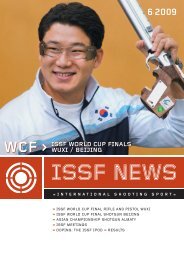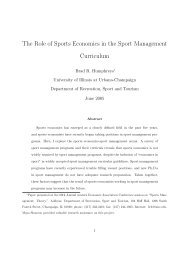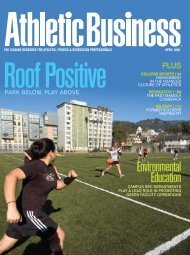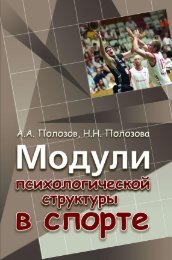Totally Tae Kwon Do Magazine - Issue 17 - Usadojo
Totally Tae Kwon Do Magazine - Issue 17 - Usadojo
Totally Tae Kwon Do Magazine - Issue 17 - Usadojo
Create successful ePaper yourself
Turn your PDF publications into a flip-book with our unique Google optimized e-Paper software.
about what he can see and sense; it is<br />
simply a matter of experience . . . Through<br />
certain practices, especially in the<br />
movement and contemplative arts, this<br />
type of perception can be developed so<br />
that sensing qualities of [Ki] becomes<br />
second nature” (120). In a sense, this<br />
quote summarises the point of this essay,<br />
which is that attaining sensitivity to Ki is<br />
indeed possible through training in certain<br />
practices. I’ve suggested breathing and<br />
stretching exercises, pattern training,<br />
adapted step-sparring and focussed free<br />
sparring. Since these practises are already<br />
part of the typical <strong>Tae</strong>kwon-dojang, they<br />
can easily be adjusted to also enhance the<br />
development of Ki sensitivity.<br />
1 Having practiced in grappling arts as well, I know that in<br />
the grappling arts developing sensitivity is also applicable.<br />
However, the sensitivity in grappling arts is slightly<br />
different from the sensitivity to Ki suggested by Tokitsu.<br />
For Tokitsu the sensitivity to Ki can actually be employed<br />
to anticipate an opponent’s intention before he or she<br />
moves, rather than while they move.<br />
2 Although the general tempo of the patterns has slowed<br />
down, the actual techniques are usually not performed<br />
slowly. With a few exceptions, most techniques are<br />
performed with emphasis on acceleration. In other words,<br />
the individual techniques are usually done quite fast, but<br />
the overall tempo (i.e. the intervals between techniques)<br />
is relatively slow.<br />
References:<br />
Choi, Honghi. ITF Encyclopedia. Volume 1.<br />
Heckler, Richard Strozzi. 1984. The<br />
Anatomy of Change: East/West<br />
Approaches to Body/Mind Therapy.<br />
Boulder: Shambhala.<br />
Tokitsu, Kenji (translated by Sherab<br />
Chödzin Kohn). 2003. Ki and the Way to<br />
the Martial Arts. Boston: Shambhala.<br />
Image Credits:<br />
“Etobicoke Kendo Club” by Dimitridf on<br />
Flickr under a Creative Commons License:<br />
Attribution, Non-commercial, No Derivative<br />
Works 2.0 Generic.<br />
WTF Sparring Photo by Korea.Net on<br />
Flickr under a Creative Commons License:<br />
Attribution, Non-commercial, No Derivative<br />
Works 2.0 Generic.<br />
“Tai Chi” by Sanko Lewis under a Creative<br />
Commons License: Attribution, Share Alike<br />
2.5 South Africa.<br />
“Waiting” by Cory Wells. Copyrights<br />
reserved.<br />
…ooOoo…<br />
Sanko Lewis, 4 th Dan in ITF <strong>Tae</strong>kwon-<strong>Do</strong> and black<br />
belt holder in Hapkido, is Director of Research-and-<br />
Education for South Africa-ITF (SA-ITF)<br />
[www.taekwondo.co.za]. He is Kwanjangnim of the<br />
Soo Shim Kwan (a federation affiliated to the SA-<br />
ITF) [sooshimkwan.blogspot.com] and is an<br />
assistant instructor at the main ITF <strong>Tae</strong>kwon-<strong>Do</strong><br />
gym in Seoul, Korea [www.thewaymartialarts.com/].<br />
He also teaches subjects in literature, academic<br />
literacy, and applied language in the Department of<br />
English Studies at a university in Seoul, and has a<br />
master’s degree in Creative Writing. Mr. Lewis can<br />
b e c o n t a c t e d a t<br />
saitf.research.education@gmail.com<br />
<strong>Do</strong>n’t miss the opportunity to advertise in what is the most<br />
popular magazine for <strong>Tae</strong> kwon <strong>Do</strong> students, worldwide.<br />
Get in touch now!<br />
Email: adverts@totallytkd.com<br />
<strong>Totally</strong> <strong>Tae</strong> <strong>Kwon</strong> <strong>Do</strong> - 45

















